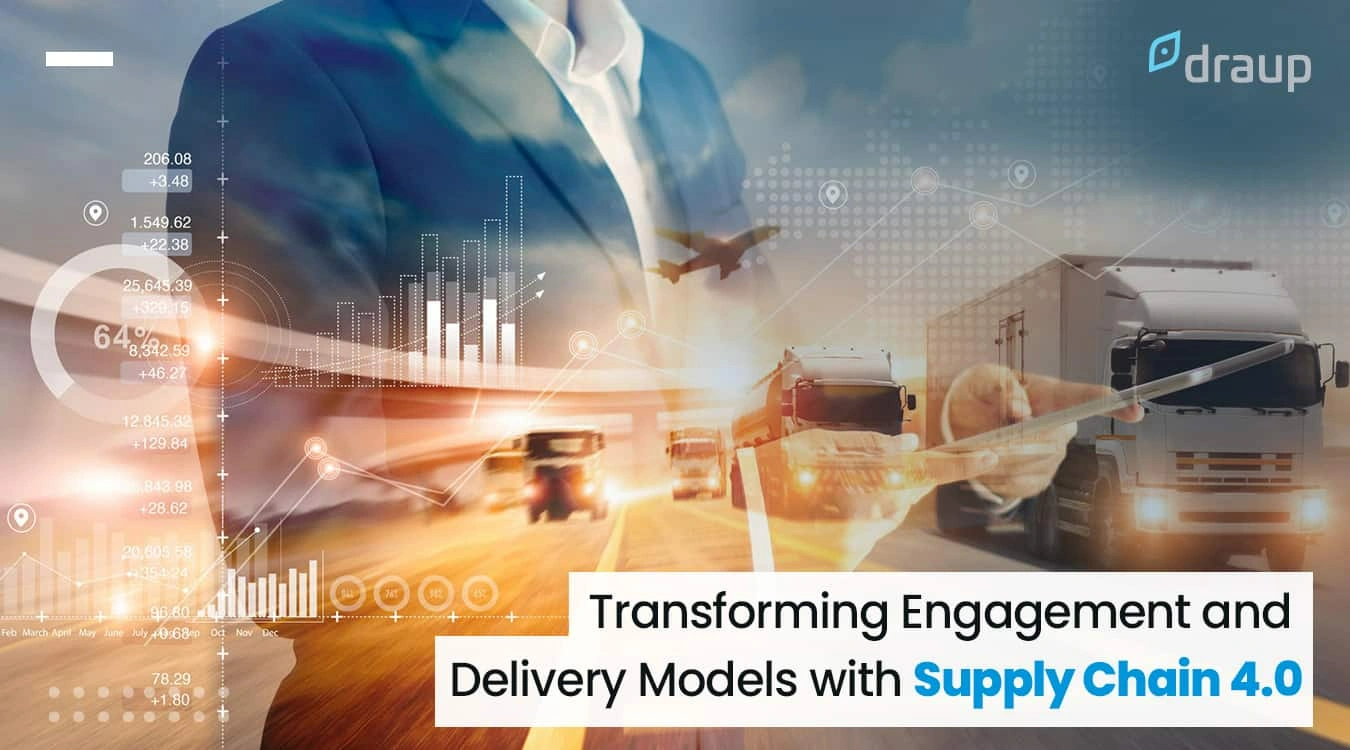The job of the chief medical officer (CMO) was demanding but reasonably predictable. CMOs steer the company’s health care and life sciences strategy, identify opportunities to bring solutions to the market and interpret government policy changes’ significance for our clients and partners. The COVID-19 pandemic has drastically altered their job description.
With the pandemic spreading, protecting the health, safety, and wellbeing of the global workforce has been the priority of all companies. CMOs have been referring to their epidemiology books or speaking to professionals as the events unfolded to provide credible guidance to staff and company leadership on navigating through the pandemic.
Sometimes an afterthought, the CMO’s role is now thrust into the limelight. Existing CMOs are seeing their roles rewritten or expanded as companies are increasingly hiring CMOs for the first time. This role may not end with the pandemic but will continue to be part of the C-suite.
How Did the Payer and Provider CMO Roles Differ?
Provider CMOs are closer to the delivery of care and promote its safety and quality. They monitor essential care metrics like access and patient satisfaction. They take responsibility for critical business elements that come with performing value-based care and identifying opportunities to deliver high-quality care at a low cost.
They get involved in hiring provider staff, verifying their credentials, and managing performances. They may also intervene during conflict or a clinical matter. However, in large organizations, they stop short of taking a lead role in investigations or resolutions.
On the other side, CMOs from payer organizations focus on obtaining the same outcomes but play a different role in value-based care. In addition to taking appropriate business decisions, other key priorities include beneficiary engagement, collecting and evaluating patient satisfaction data, creating payer and provider partnerships, and evaluating evolving trends.
They also get involved with the management to set policies related to prior authorizations, provider contracts, and quality benchmarks.
Common Tasks of Payer and Provider CMOs
CMOs are a mainstay for many years, serving as a bridge between administrative and clinical functions. Recently, biotech and technology companies have added clinical leadership roles to inform market strategy and product development.
Nonetheless, every company has health as part of its business plan. For example, Tyson Foods created the role of a CMO to monitor outbreaks that broke out at its meatpacking plants leading to lawsuits and shutdowns. After it partnered with Marathon Health, it opened clinics near its facilities to promote health.
With health seen as business-critical, what other tasks does CMOs encompass?
1. Keeping employees healthy and safe
For the first time in decades, the pandemic put the corporate world raised the stakes dramatically. Many companies had to close offices and cancel events. CMOs had to jump in to monitor and manage unprecedented levels of anxiety and stress employees would experience over their prime task of keeping employees COVID-free.
Today, securing the employee health and safety became a key component of talent management.
CMOs became the source of information for employees when they had to interpret and update the rapidly changing health and safety guidelines. As per surveys, people’s trust in their employers has become much more than the government authorities.
2. Ensuring safety and health of customers
Maintaining customer health and safety is as vital as protecting employees. Regardless of the size, companies had to continuously update and enforce customer policies and protocols like social distancing, handwashing, and mask-wearing. Many companies have elevated CMOs to commit to health and safety.
Case in point, the Royal Caribbean cruises hired a CMO after the company posted more than USD 1 Bn in quarterly loss due to outbreaks and cancellations. The CMO was tasked to implement and oversee an elaborate testing operation when the cruise line is cleared for business.
3. Engaging with the broader community
No company can operate in isolation. It is as accountable to the community and the country as to its employees, stakeholders, and customers. CMOs imbibe information and data sources to guide organizational strategy, planning employee benefits, health and wellness offerings, or reopening offices.
Additionally, they engage with the community by establishing and maintaining communications with public health officials to align with the national health policy and other protocols. With the virus’s potency, like the COVID-19, CMOs need to get credible guidance and trickle it down.
4. Identifying needs and opportunities
The recent pandemic has enhanced CMOs’ tasks of guiding industry and solution strategy. The pandemic has not only raised awareness but has also exposed fault lines and gaps in health infrastructure. For example, it revealed disparities within the system, with low-income communities getting affected more than others.
Faced with unparalleled strain, medical organizations are operating with technology like AI and ML at the forefront. From AI-powered thermal scanners to disinfection robots and autonomous PPE deliveries, AI plays a central role. With CMOs, their staff maintains a sanitary environment and reduces the spread of COVID-19.
Soon the COVID-19 dust will be setting with the vaccine issue is well underway. A return to ‘normalcy’ is in our future. Across industries, we are taking stock of what pandemic-era practices and innovations will stick.
While remote work and contactless deliveries will be in our future, the role of CMO will continue to play a significant role in being a bridge between the health system and the company management.
The pandemic has reminded us that we are connected and interdependent, as we are a part of the larger social and biological organism. Managing our collective health beyond this crisis is everyone’s job.
Draup is a talent intelligence platform delivers data-backed insights into cost modelling and global talent pool to manage talent faster. It provides the HR team with mission critical data so that the stakeholders can protect their workforce from any potential impact from talent migration.







